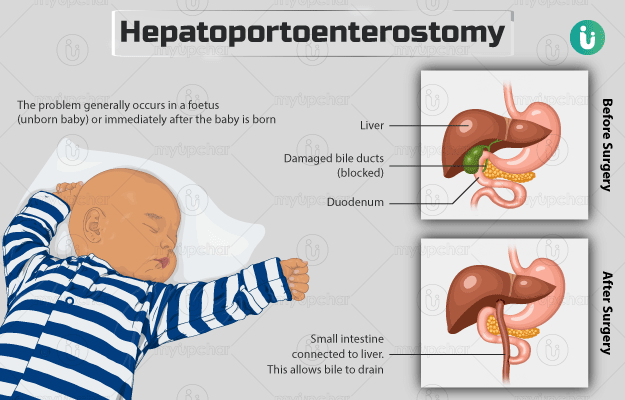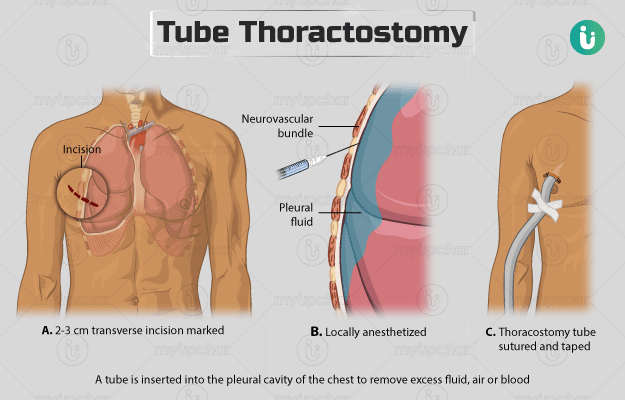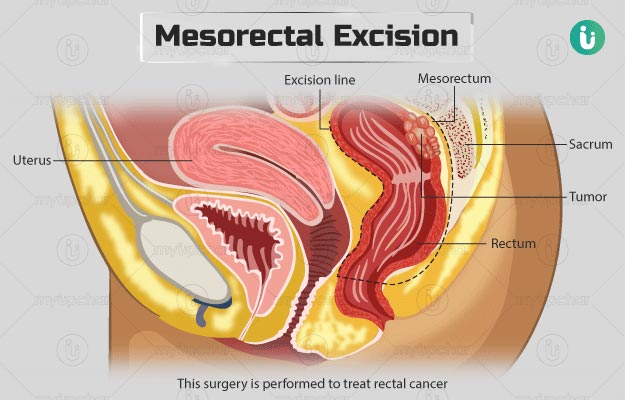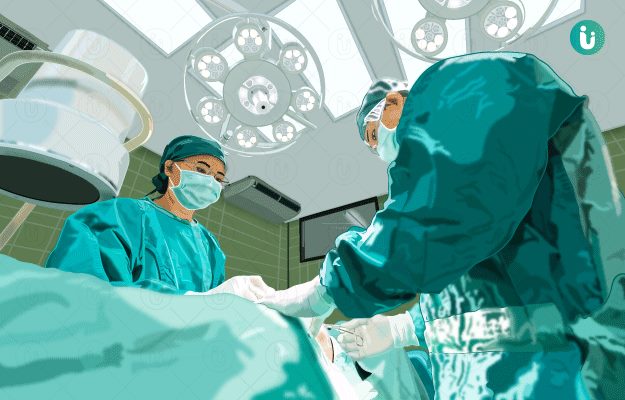Summary
The Kasai procedure (hepatoportoenterostomy) is the treatment of choice for biliary atresia - a rare condition that causes the bile ducts in infants to be blocked or scarred. The damaged bile ducts can prevent the bile from being eliminated from the body and can cause liver damage.
In this surgery, the surgeon will remove the bile duct and use a section of the child’s intestine to form a duct. However, this cannot be performed if the child has decompensated liver damage.
Symptoms of biliary atresia include pale stools, darkened urine, and jaundice. Before the surgery, your child will need multiple diagnostic and radiological tests. You will need to sign a consent form before the surgery, allowing the surgeon to perform the procedure.
Your child will be discharged in about 10 days after the surgery. The child will be given medication for pain management, antibiotics to prevent any infection, corticosteroids, and vitamin supplements. The surgery may have some complications such as cholangitis, portal hypertension, and intestinal obstruction.
A follow-up visit will be scheduled for two to three weeks after the surgery; however, you should contact the doctor immediately if you notice that your child has a fever, jaundice, pale-coloured stools, or bleeding at the site of the incision.









































